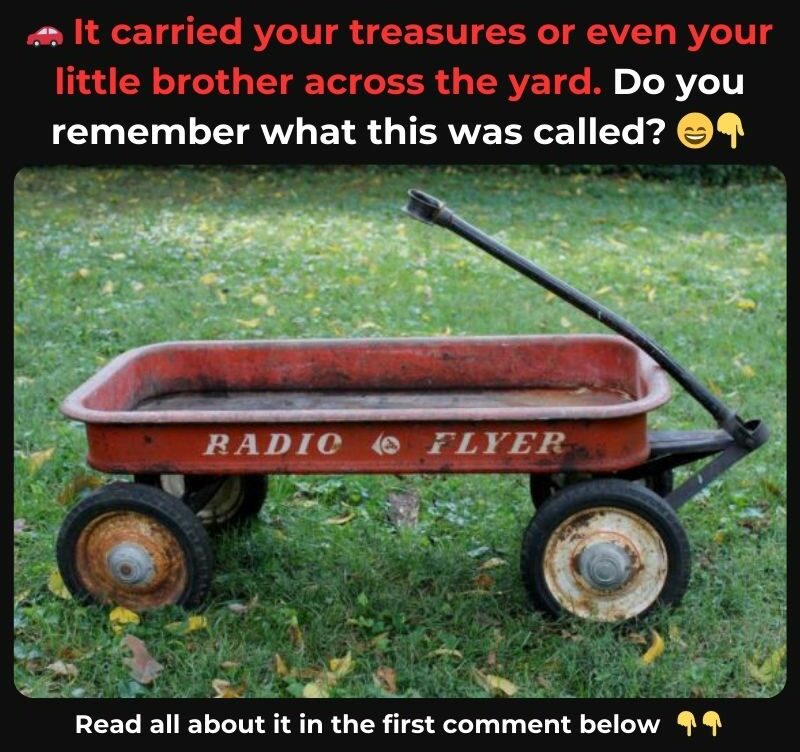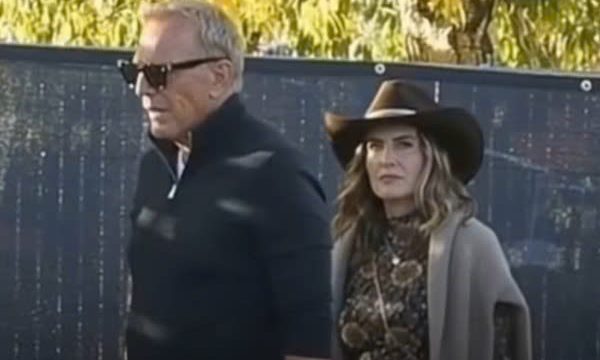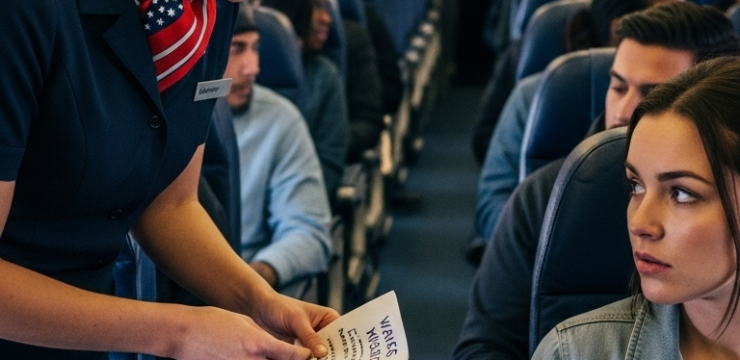If you remember having a vintage Radio Flyer wagon, then you’re part of a special generation that grew up with one of the most iconic childhood toys in American history.

Whether you used it to haul your toys, give your little brother a ride, or pull your dog down the driveway, that bright red wagon wasn’t just a piece of metal—it was a ticket to adventure. Designed to be both sturdy and simple, the wagon was present in countless backyards and parks across the country, serving as both a functional tool and a launchpad for a child’s imagination. It all began in 1917, when an Italian immigrant named Antonio Pasin founded what would eventually become Radio Flyer.
Pasin, inspired by the pushcarts and hand wagons of his youth, wanted to create something that was durable, affordable, and fun for kids. At first, he crafted wooden wagons, but he later moved to steel construction to give the wagons strength and longevity. Painted a vibrant red to stand out and capture attention, these steel-bodied wagons quickly gained popularity. By the 1930s, the Radio Flyer wagon had become a household name in the U.S., beloved by families from coast to coast. The brand name itself was a reflection of modern marvels at the time: “Radio” for the revolutionary technology sweeping the nation, and “Flyer” to evoke a sense of motion and discovery. This branding wasn’t just clever—it was aspirational, aligning perfectly with the adventurous spirit of children who dreamed of where the wagon could take them. The vintage Radio Flyer wagon stood out because it was designed with real practicality in mind.
Its open flat bed allowed kids to pile in just about anything—from toys and books to pets and snacks. With rubber tires that rolled smoothly over gravel, grass, or sidewalk, and a solid metal frame that could handle years of use, the wagon was more than a plaything. Kids turned it into racecars, pirate ships, makeshift sleds, or carts for neighborhood lemonade stands. The wagon was limited only by their imagination. At the same time, parents appreciated its dependability. It could double as a handy cart for carrying groceries or garden tools, and it became a fixture on suburban sidewalks as families used it during weekend outings or trips to the park. There was something incredibly wholesome and nostalgic about seeing a child trailing behind a red wagon, filling it with leaves in the fall or hauling beach towels in the summer. Beyond its utility, the Radio Flyer wagon represented something deeper.
For many kids, being able to pull the wagon on their own was a rite of passage. It gave them a sense of independence and responsibility—an early experience of being in charge of their own little world. That simple act of pulling a wagon around was a profound step in a child’s development and confidence.
As the years went by, the red wagon embedded itself into American pop culture. It showed up in movies, TV commercials, and even art, often symbolizing the innocence of childhood and the carefree days of youth. While many other toys have come and gone, the Radio Flyer wagon has endured, earning its place in history as a timeless classic. Even today, the company still produces wagons, though the vintage steel models with wooden sides are especially sought after by collectors and nostalgic parents who want to pass down a piece of their childhood. A few fun facts about the Radio Flyer wagon make it even more fascinating. The famous red paint was selected because it was easy to spot and resilient under outdoor conditions. Since its founding, more than 100 million Radio Flyer wagons have been sold, a testament to its lasting popularity and cultural significance. Its consistent design—red body, metal frame, and big wheels—has hardly changed, further cementing its identity. It even starred in memorable commercials in the 1950s, promoting its ruggedness and value to American households. In a world where high-tech gadgets dominate playtime, the vintage Radio Flyer wagon is a reminder of a simpler era, where fun came from imagination, fresh air, and the open road in front of you. For those who grew up with it, the little red wagon wasn’t just a toy—it was a symbol of freedom, a trusted companion on countless childhood adventures, and a cherished memory that still brings a smile years later.





